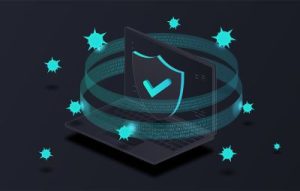
Cybersecurity plans need to encompass physical and virtual assets located on earth as well as those orbiting the earth. The cyber universe extends into the actual universe with satellites, weapons systems, and exploratory vehicles and devices all connecting to terrestrial networks. Protecting those endpoints and the IT paths in between is critical. A Russian attack on the Viasat satellite constellation knocked out communications across Ukraine on the eve of an invasion and serves as a high-stakes example of how much we rely on space-based objects for basic communication.
The U.S. Space Force and NASA are working to harden and protect the IT between earth and space, but are facing the same issues as other agencies in terms of the cybersecurity skills gap. There simply are not enough trained people to complete all the work that needs to be done to secure the vast network these organizations oversee. To bridge this gap, space agencies are finding new ways to meet the cyber needs of the nation, and the universe. Continue reading





